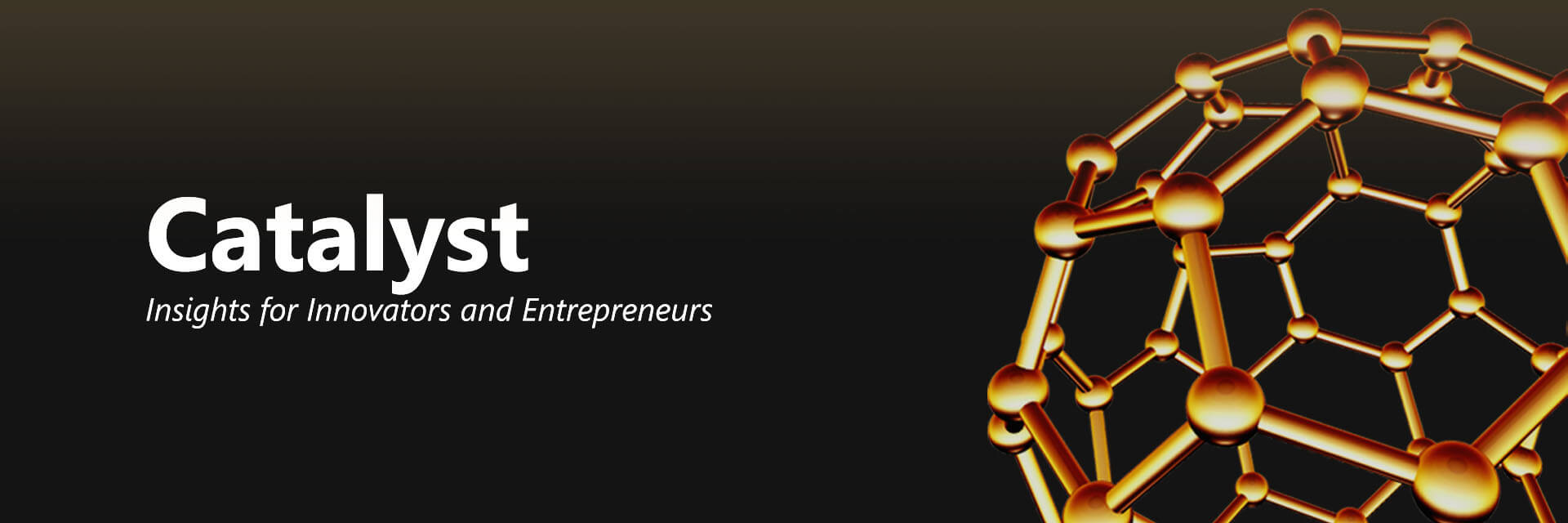
A Look into Biotech and Data
- Published
- Jan 22, 2020
- Topics
- Share
When it comes to data analytics in life sciences, there are two fields: bioinformatics and computational biology. The term bioinformatics was originally coined by Paulien Hogeweg to describe the study of information processes in biotic systems and is now commonly used to refer to the collection and analysis of biological data. And most of the time, computational biology, using computer modeling to investigate biological problems, is what people are thinking about when they hear the term bioinformatics, whether via artificial intelligence, algorithms or more.
Data analytics has impacted every corner of life sciences today. Whether in genetic research, drug research, etc., it is relied on pretty heavily.
Nicholas Trumbauer, part of EisnerAmper’s Financial Services Group, who studied biology before becoming an accountant, shared his insights on the field including developments, concerns, challenges and what the future holds.
Developments
The field of data analytics in life sciences has seen some interesting developments, with specific tools leading to an immense amount of research and the identification of trends that might have otherwise been missed.
The use of algorithms has enhanced genetic research, giving researchers the ability to uncover genes nearly every other day (a process that used to take years). For example, through the use of data analytics, researchers found a relationship between the number of genetic sequence repeats and life expectancy specific to Huntington’s Disease, a fatal genetic disorder that causes the progressive breakdown of nerve cells in the brain.
There is still room for data to uncover large scale population genetics. Part of the issue has to do with access to worldwide genetic data. (Currently, certain countries and entire regions are missing from studies and analytics.) But, as the cost of running a person’s entire genome continues to decline, new developments could unfold just among the nations and populations currently sharing information.
“There is no end to the amazement I have at some of the research,” Trumbauer said. “The amount of data that can be analyzed, and therefore the amount of progress that can be made by small groups of people, is just staggering to me. It is important here to mention that when I say progress I don’t mean just beneficial progress. I am simply referring to the expansion of scientific knowledge, which also means all the useful dead ends.”
Concerns and Challenges
With the evolution of data analytics comes concerns and challenges, including how data is stored and shared as well as unique privacy issues. For example, data scientists could potentially identify individuals based on medical and treatment data, despite the data being “scrubbed.”
To this end, the idea of a FAIR Research Commons was created for data scientists to adhere to the principles of Findable Accessible Interoperable and Reusable (FAIR). However, there is still a lot more that needs to be done.
“Until we have a hard discussion about medical privacy, there is not a whole lot that is going to be able to be done,” Trumbauer said. “It is going to come down to governance and society to make those tough decisions about privacy and hopefully someone can take lead on it and implement a global model.”
Future of Data Analytics in Life Sciences
It is unforeseen technological breakthroughs that will continue to revolutionize and transform life sciences. For example, gene editing technologies might drive the field of computational biology and vice versa.
“I think there is a lot of hype around data science in all industries and I think much of it is not based on the correct time scale,” Trumbauer said. “Especially in areas concerned with science, it will be a slow grind. Honestly, computational biology has already made a drastic impact to scientific research and it did so quite rapidly, but with little public fanfare. The real interesting thing for me, when I think about computational biology, is how other currently emerging technologies and yet-to-emerge technologies will interact.”
The use of blockchain has increasingly become a popular technology solution and platform for biotech companies to store their vast amounts of data in a secured and encrypted fashion and this technology is expected to revolutionize the industry.
OUR CURRENT ISSUE: Q1 2020
What's on Your Mind?
Start a conversation with Elana
Receive the latest business insights, analysis, and perspectives from EisnerAmper professionals.











